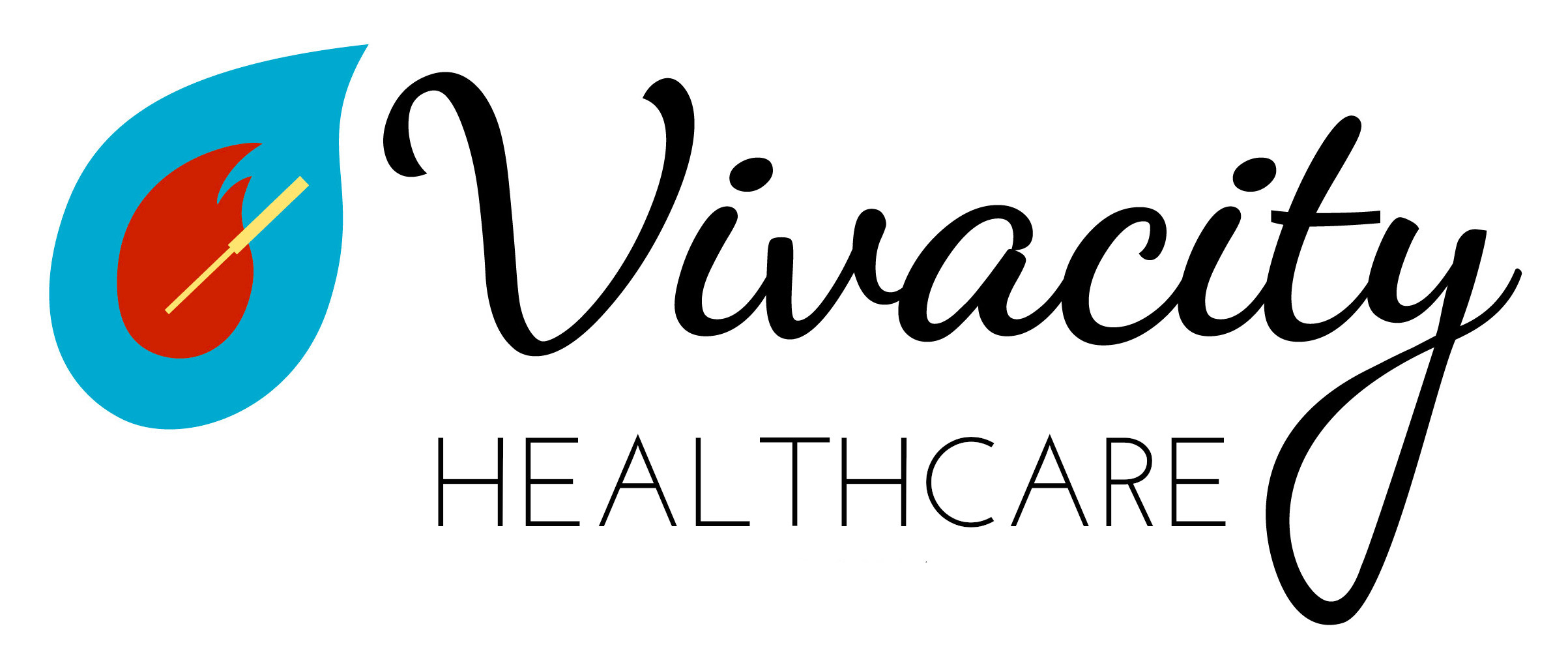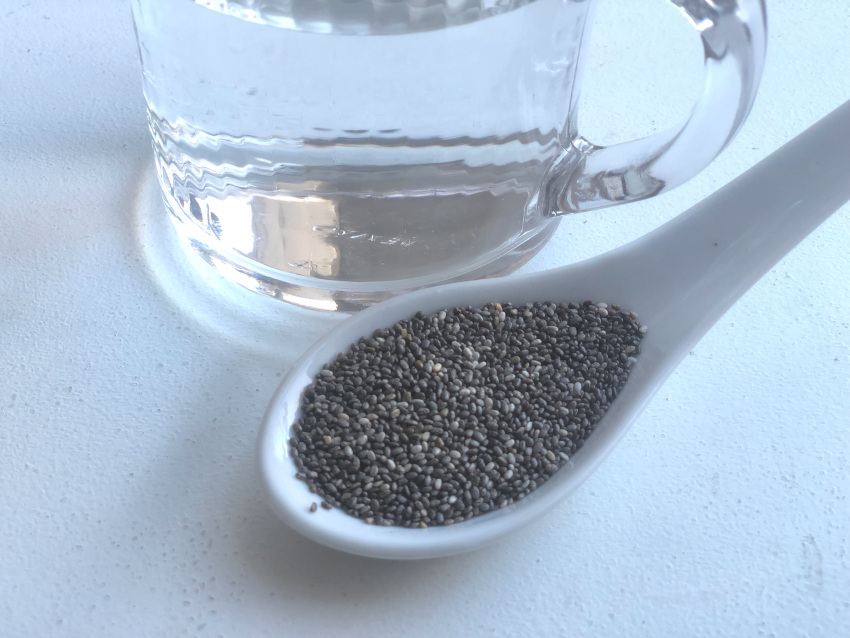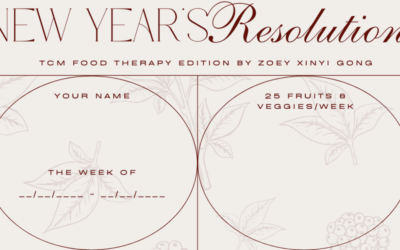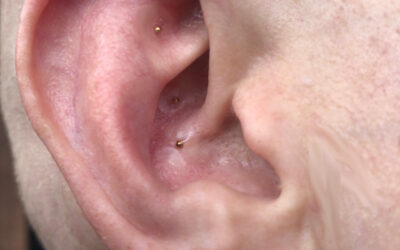As we move into the colder months, let’s discuss some more nuanced aspects of hydration beyond the standard electrolyte replacement we think of more in the sweaty summer months.
My inspiration for this post comes from the phenomenal book, Quench: beat fatigue, drop weight and heal your body through the new science of optimum hydration by Dr. Dana Cohen and Gina Bria [1]. Here’s my take on a few of the suggestions covered in the book:
First I want to add to the discussion of the miracles of fascia. Fascia is connective tissue that coats all muscles and organs in the body. I think of it like layers of cloth that connect muscles and organs to each other. As covered in one of my posts on the science behind acupuncture, one of the mechanisms at play yielding the benefits of acupuncture is how cells in the fascia respond at a microscopic level when an acupuncture needle is inserted. Stated simply, two important things happen:
1) the fascia moves with tiny movements of the needle increasing circulation that not only brings hydration and nutrients to the tissue but also removes waste; and
2) cells in the fascia called fibroblasts flatten and increase range of motion in the tissue.
As discussed in Quench, hydration of the fascia is integral to healing injuries. Not only can athletes who are under-hydrated lose mental stamina (including spatial awareness and balance!) important for training, it leaves the body more vulnerable to injury. The authors recommend micromovements (small stretches throughout the day), proper posture (the Egoscue method) and dry brushing to increase fluid mobility in the fascia network. They also cite research by Helene Langevin [2] to recommend acupuncture, but say it is unclear what exactly the research means or how acupuncture helps with pain. There is a great deal of information about what acupuncture does and how it helps with pain, but I understand that it is beyond the scope of the book or this blog post. I would just simply add that in addition to micromovements and dry brushing, acupuncture is great for targeting specific areas that could benefit from more circulation and hydration.
Second, I will echo the authors’ praises of chia seeds. These tiny seeds are ‘hydrophilic,’ which means they absorb significant quantities of water by producing a mucilaginous gel-like coating around the seed when soaked. This gel can be very hydrating to the body when consumed, soothing to skin and mucus membranes (including the digestive tract while acting as a mild laxative that can be extremely beneficial to the health of the colon). Particularly for athletes, chia can be an ‘endurance food’ by prolonging hydration to nourish cells and tissues, time releasing nutrients for better absorption, regulating endocrine activity (including the adrenals and thyroid), and providing electrolyte balance. The gelling properties of chia also help to slow the conversion of carbohydrates into sugar, providing a long burning fuel source. Adding chia seeds (potentially along with potassium and/or sodium as discussed in Part 1) to your pre-workout beverage is a great way to take advantage of their benefits.
Interestingly, infrared light creates gel water inside our bodies [3, 4], improving the health of both skin and intradermal tissue structures (including collagen). Infrared heat is often used in conjunction with acupuncture and has been found effective for a wide range of chronic pain conditions including osteoarthritis, fibromyalgia, and six encompassed a wider range of diseases (ankylosing spondylitis, recovery from sports injuries, and myofascial pain syndrome [5]. With what we know about fascial hydration helping prevent injuries and gel water healing conditions and injuries, it is abundantly clear how important proper hydration is.
I hope incorporating these hydration tips into your routine help you as much as they’ve helped me!
—
References:
[1] Cohen, Dana and Gina Bria. 2018. Quench: Beat Fatigue, Drop Weight, and Heal Your Body Through the New Science of Optimum Hydration. Hachette Go.
[2] Langevin, H.M., et al. “Evidence of Connective Tissue Involvement in Acupuncture.” FASEB Journal express article 10.1096/fj/01-0925fje. Published online April 10, 2002.
[3] Pollack, Gerald. 2013. The Fourth Phase of Water: Beyond Solid, Liquid and Vapor. Ebner and Sons.
[4] Wunsch, A. and K. Matuschka. “A Controlled Trial to Determine the Efficacy of Red and Near-Infrared Light Treatment in Patient Satisfaction, Reduction of Fine Lines, Wrinkles, Skin Roughness, and Intradermal Collagen Density Increase.” Photomedicine and Laser Surgery 32, no. 2 (February 1, 2014): 93-100. National Research Council Canada.
[5] Tsagkaris, C., Papazoglou, A. S., Eleftheriades, A., Tsakopoulos, S., Alexiou, A., Găman, M. A., & Moysidis, D. V. (2022). Infrared Radiation in the Management of Musculoskeletal Conditions and Chronic Pain: A Systematic Review. European journal of investigation in health, psychology and education, 12(3), 334–343. https://doi.org/10.3390/ejihpe12030024




